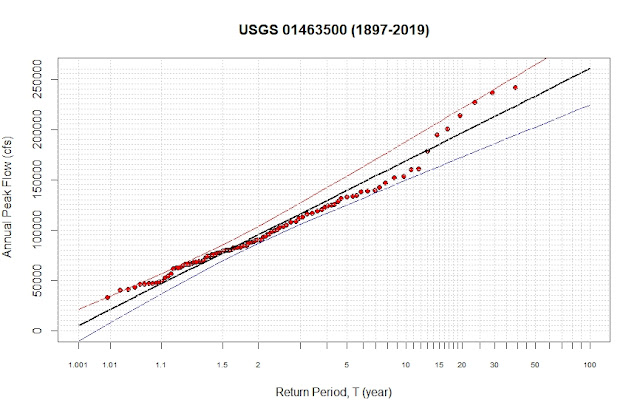The Red River basin is an international, multi-jurisdictional watershed of 45,000 square miles, with 80 percent of the basin lying in the United State and 20 percent in Manitoba, Canada. 18 Minnesota counties and 22 North Dakota counties lie wholly or partially in the basin. The economic impact of the basin, from both urban-generated activity and a vibrant agricultural economy, is significant. This basin is home to more than half a million people, and serves as a job, education, and medical hub, in addition to a world-renowned agricultural producer.
The 2009 flood was one of a number of major flood events in the past decade and a half that have challenged the area to an extreme. Of the floods preceding the 2009 event, the 1997 spring flood was particularly devastating, wreaking destruction in large portions of Grand Forks and East Grand Forks and threatening damage to communities and other sites along the entire length of the Red River main stem and many of its tributaries. In its extensive report following that flood, the International Joint Commission (IJC) warned that, as rare an event as was the 1997 flood, a flood of that magnitude or larger “can be expected to occur in the future.” Little did anyone expect that a flood of even greater magnitude than 1997 for southern areas of the basin would occur fewer than ten years after the report was released—and that this 2009 flood would be followed by two additional large magnitude floods in 2010 and 2011.
The current analysis was performed to determine the flood frequency and return period of the Red River flooding in 2009, by using the hydrologic data obtained from Water Office of Canada and HEC-SSP software.
Reference: Red River Basin Commission, Long Term Flood Solution (2011),
https://www.redriverbasincommission.org/.


